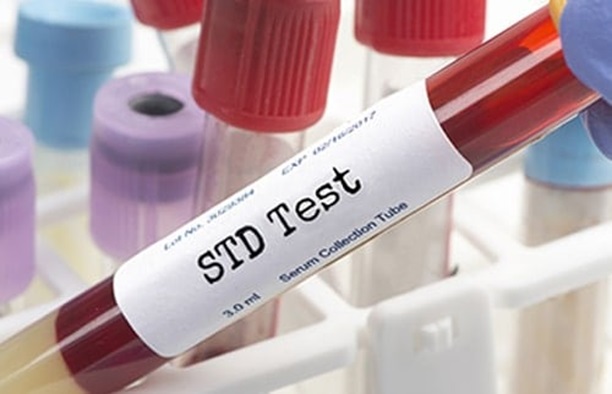No matter how old you are, if you’ve had unprotected sex with another person, you probably should get tested for STDs or sexually transmitted diseases. Look at it this way – if you had to create a chart of everyone that you’ve had sex with, and then everyone that they had sex with before you, and then everyone that those people have had sex with before them… well, that’s a lot of people. You’re taking a big risk in not getting tested for an STD.
Thankfully; the testing process is fairly simple and rather painless. Here’s what you need to know.
You May Not Have Any Symptoms
Many STDs have symptoms. You’ll have an itching, burning rash, warts, or even unpleasant discharge. Those are signs that something is wrong and that you should go and get tested. However, some STDs have absolutely no symptoms at all. You could have one and not even know it unless something goes very wrong. This is the number one reason to go and get that STD test completed. It’s better to know now and catch the disease before the symptoms become problematic or even before it can’t be cured.
There Are Two Main Types of STDs
STDs fall into two categories, just like other diseases. Some are caused by bacteria and others by a virus. Just as with the flu, there are few things that can be done in order to cure a viral STD, but they can be treated. The bacterial ones, on the other hand, are usually treated with antibiotics. HIV and AIDS are the best known viral STDs, although others include herpes, hepatitis C, and HPV. Bacterial ones include syphilis, Chlamydia, and gonorrhea. You’ve no doubt heard of all of them, thanks to high school health classes.
If You Use a Condom, You Still Might Contract an STD
Of course, the best way to avoid contracting an STD is to know your partner well and believe them when they say that they’re clean and have been thoroughly tested. The second-best way to avoid this scenario is to use a condom while having sex.
However, even the best-made condom isn’t perfect. When they’re used correctly, they prevent pregnancy and the spread of STDs over 99% of the time. That still leaves a 1% chance that they won’t work correctly and you’ll end up contracting something, especially if the condom breaks or you don’t use it right.
Choosing a Place to Get Tested
You have two main options when it comes to getting an STD test. You can either go to a reproductive health clinic and make an appointment for a test, or you can head to your regular doctor’s office. Both places will be able to do this for you, and in most cases, your insurance will cover at least most of the cost of the test. If you decide to go to a clinic, then you’ll receive specialized care, as this is what they do. You’ll learn a lot about the various STDs that you might have during this process.
The Testing Process
The process for getting an STD test is simple. They usually consist of two tests run at the same time. One will test your urine, the other your blood. When you arrive for your appointment, it’s important that you haven’t urinated for around 30 to 45 minutes beforehand, and that you’ve drunk a bottle of water. This will ensure that the results of your urine test are accurate. As far as the blood draw is concerned, a trained technician will perform this on your arm.
How Long Will All Of This Take?
Time is something that everyone is concerned about. They want to know exactly how long it will take to get the tests completed, as well as wait for the results. Thankfully, the STD testing process is fairly quick. Your initial appointment will last for around half an hour or 45 minutes. Then, you’ll need to wait for a week while the tests are run. Finally, you’ll need to make another half hour or 45 minutes appointment in which you’ll hear about the results of your tests. If you need any treatments, those will be discussed at that time.
The Results Are Confidential
Of course, the results of your STD test will be confidential. The clinic won’t contact your parents (unless you’re under the age of 18, in case you’ll need to have their consent in the first place), nor will they contact your employer. They won’t even tell your current (or past) sexual partners about your STDs. That falls on you to tell them. If you’ve recently had intercourse with someone, protected or not, you’ll need to tell them about the positive results of your STD test. Of course, if all of those tests are negative, then you have nothing to share or worry about.
Author Bio – This guest article is a work of Sam Knight in support of Pathways of Pella offering free STD testing in Pella, Iowa.




